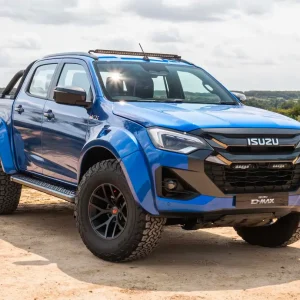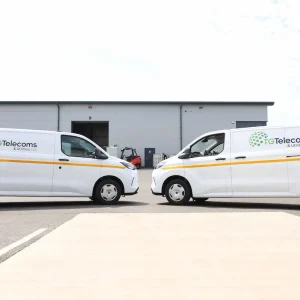The light commercial vehicle market as a whole is undergoing a decline in 2018, with monthly fluctuations to some extent masking the overall trend.
When it comes to the smallest vans in the market, the annual picture is one that leaves the industry with mixed messages.
The bare numbers for this class – which the Society of Motor Manufacturers and Traders (SMMT) categorises with a gross vehicle mass of less than 2.0t, thus covering more diminutive light vans as well as small vans – saw April bring encouraging news, at least if the month is viewed in isolation.
Volumes rose by an impressive 11%, with 1,940 models being registered against 1,747 during April 2017 in a market that as a whole was up by just 3.9%.
However, in a case of swings and roundabouts, the year-to-date figure was down by 3.6%, with 9,305 registrations in the first four months of 2018, compared to an overall dip of 2.3%.
But, as stated, small vans make up only a proportion of the sub-2.0t sector, where they rub shoulders with the lightest variants of the class above, including the Renault Kangoo, Mercedes Citan, Peugeot Partner, Citroen Berlingo and Transit Connect.
In 2017, the Ford Transit Courier was the only small van to make it into the list of the year’s 25 best-selling LCVs, creeping in at number 25 with 4,114 units finding homes, according to the SMMT.
This could explain why, after a short absence, the manufacturer is bringing back its Fiesta Van, initially at least, in Sport Van mode. The brand had hoped the compact Courier cubed van would plug the gap left by its withdrawal of the popular car-derived model, but this did not prove to be the case.
In 2016, the last year the vehicles were both on sale, Ford shifted 4,076 Fiesta Vans, over 1,000 more registrations than it notched up for the Courier.

The Fiesta Sport Van
Ford claims the market dynamic has changed since it dropped the Fiesta Van a year ago, with anti-diesel sentiment leading to increased demand from urban operators for small petrol vans in particular.
The Sport Van is powered by the 125hp 1.0-litre petrol Ecoboost engine but Ford retains a diesel engine in the range with the 120hp 1.5-litre TDCi powertrain. It has a payload of 500kg and a load volume of 1.0m3 compared to the 660kg and 2.4m3 capacities of the Courier.
Ford’s Sync3 communications and entertainment system is included as standard on the Fiesta Van and comes with an 8in colour touchscreen.
The van also features the brand’s new FordPass Connect on-board modem technology, which provides wi-fi connectivity for up to 10 devices.
Preceding the Fiesta Van to market will be a facelifted Courier, which will also get the choice of the 1.0-litre Ecoboost or 1.5 TDCi diesel engines. All models will get six-speed manual transmission – the five-speed gearbox will be dropped.
Also on the comeback trail and expected to break cover with a range of mini LCVs in 2020 is Piaggio Commercial Vehicles.
Following a tie up with Chinese manufacturer Foton Motor Group, the Italian firm will launch a Euro6 Porter in panel van, fixed deck, tipper and chassis modes in left-hand drive as well as a range of Ape models. Piaggio says electric versions of both vehicles will be offered.
Piaggio will be the only manufacturer of mini LCVs in the UK after Bassadone Automotive Group dropped its plans to bring DFSK’s budget microvans to the UK from China, following a management reshuffle. Bassadone, which owns Ssangyong Motor UK, is focusing its resources exclusively on importing the Korean manufacturer’s range to the UK.
On the horizon
- Ford Transit Courier (July 2018)
- Ford Fiesta Sport Van (September 2018)
- Piaggio Porter (2020)
- Piaggio Ape (2020)





